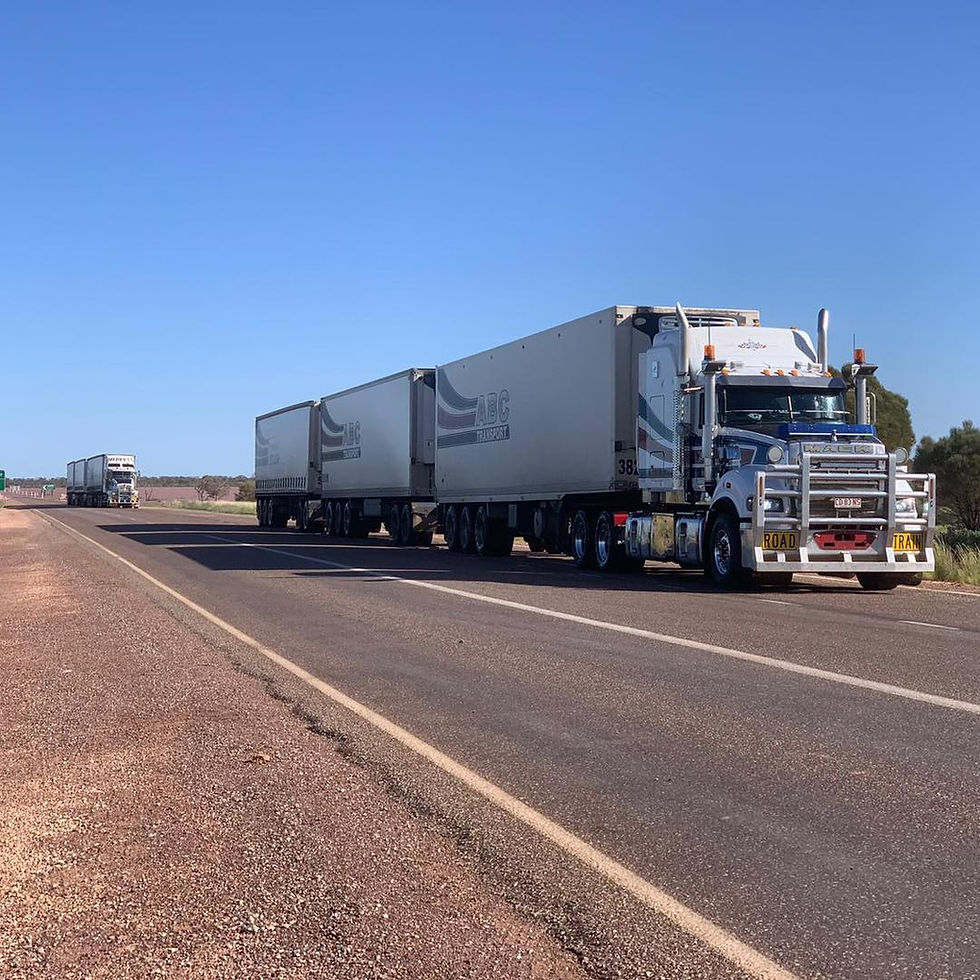Economists predict 'red hit' economic recovery with childcare a big winner
- John McDonnell
- May 3, 2021
- 2 min read

Consultant economists, Deloitte Access Economics, have published their pre-budget monitor and predicted that the budget will show the economy is experiencing a red-hot recovery.
They say that the drivers are the high iron ore prices and the strong job creation, which is going better than anticipated in the Mid-Year Economic and Fiscal Outlook published just before Christmas. As the Monitor says:
“And yes, it is a red-hot recovery: it still seems to come as a surprise to many that global growth is recovering fast, that Australia’s world class defence against the virus has us near the front of that pack, that Australian living standards grew faster than their decade average through 2020, that we are the first (and so far only) advanced nation to have more jobs now than before the pandemic, and that overall job momentum is set to be only temporarily disrupted by the end to JobKeeper.”
The monitor’s author Chris Richardson says that these buoyant economic conditions have three implications for the budget:
“First, jobs have returned much faster than Treasury assumed. That’s even more central to the economic outlook than usual, because COVID’s economic pain has centred on jobs.
“Second, the world is giving us a much larger pay rise than Treasury forecast – iron ore prices are as high as Nimbin on a sunny Sunday, and other export prices are looking healthier too.
“Third, families have been happier to open their purses and wallets than Treasury had forecast.
“To be clear, the economy remains under a lot of pressure. But that pressure is much less than the official forecasts had factored in. Compared with Treasury’s latest forecasts, national income is set to be 1.6% ($31 billion) stronger in 2020-21, rising to 4.2% ($85 billion) in 2021-22, 4.9% ($102 billion) in 2022-23, and a mighty 5.2% (or $114 billion) better in 2023-24. That drives beautiful momentum across all the key drivers of the tax take – jobs, profits and spending.”
Over the weekend the government announced that it would spend some of this bounty on childcare.
The Coalition’s policy will increase spending on the child-care subsidy from July 2022 by an extra A$1.7 billion over three years. That is about a 6 per cent increase on the current investment of A$9 billion a year.
The new policy has two innovations. Firstly, it removes the cap on the subsidy of $10,500 a year. This means that parents will avoid paying the full cost of the fifth day a week at childcare, which is frequently the case now. Secondly, it increases the subsidy for second and subsequent children provided all children are under five. The subsidy will increase by up to 30% but is capped at 95% of the scheduled fee for each child.
Both these measures will have a positive impact on female participation in the workforce and are productivity-enhancing measures.
One limitation of the policy is that it is highly targeted and will therefore assist only a limited number of families. On the federal government’s numbers, up to 270,000 families may benefit.
As the Grattan Institute’s Danielle Wood points out in Tuesday’s ‘The Conversation’, this compares with almost 1 million families now accessing some subsidised childcare and many more who would like to access it if they could afford it.






Comments